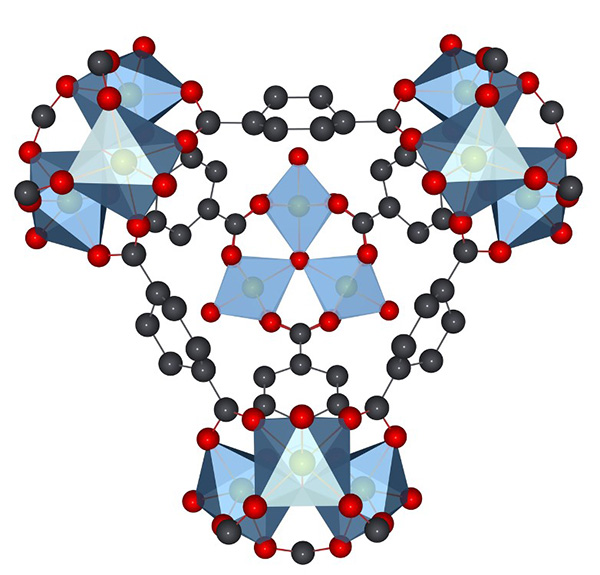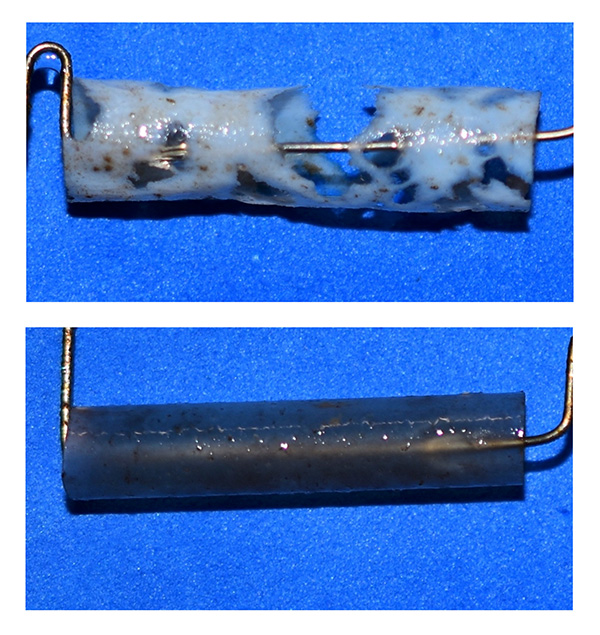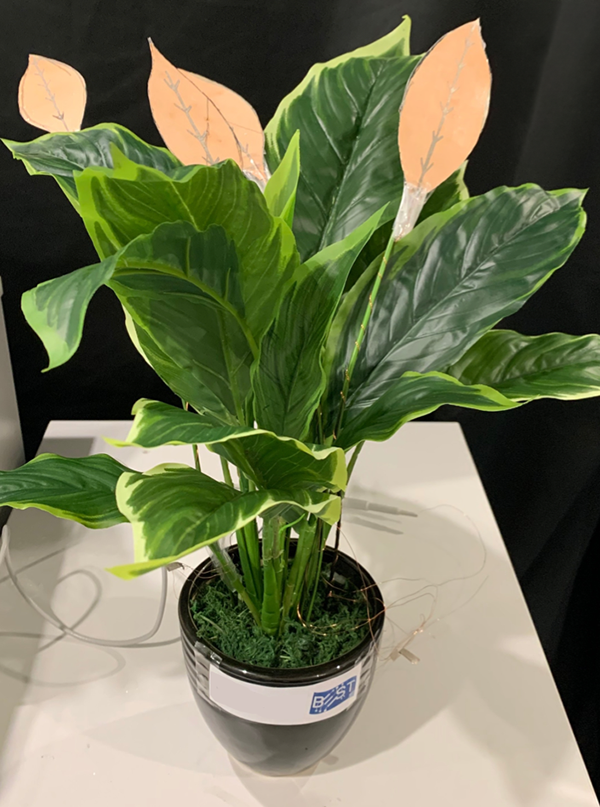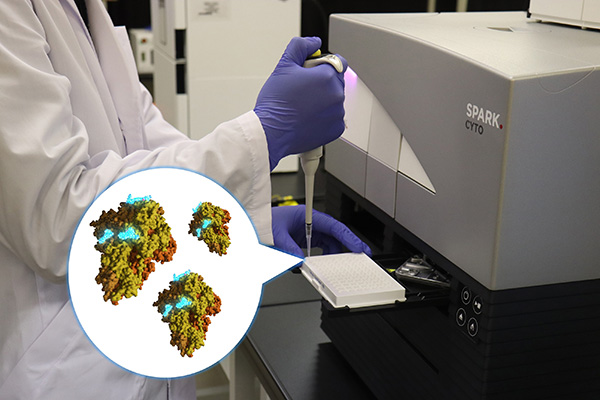FOR IMMEDIATE RELEASE
“Nanoscale Magneto-Mechanical-Genetics of Deep Brain Neurons Reversing Motor Deficits in Parkinsonian Mice”
Nano Letters

Electrical deep brain stimulation (DBS) is a well-established method for treating disordered movement in Parkinson’s disease. However, implanting electrodes in a person’s brain is an invasive and imprecise way to stimulate nerve cells. Researchers report in ACS’ Nano Letters a new application for the technique, called magnetogenetics, that uses very small magnets to wirelessly trigger specific, gene-edited nerve cells in the brain. The treatment effectively relieved motor symptoms in mice without damaging surrounding brain tissue.
In traditional DBS, a battery pack externally sends electrical signals through wires, activating nerve cells in a region of the brain called the subthalamic nucleus (STN). STN activation can relieve motor symptoms of Parkinson’s disease, including tremors, slowness, rigidity and involuntary movements. However, because the potential side effects, including brain hemorrhage and tissue damage, can be severe, DBS is usually reserved for people who have late-stage Parkinson’s disease or when symptoms are no longer manageable with medication. In a step toward a less invasive treatment, Minsuk Kwak and Jinwoo Cheon worked with their colleagues to develop a wireless method to effectively reduce motor dysfunction in people with Parkinson’s disease.
For their wireless technique, the researchers tagged nanoscale magnets with antibodies to help the molecules “stick” to the surface of STN nerve cells. Then they injected the sticky magnets into the brains of mice with early- and late-stage Parkinson’s disease. Prior to the injection in the STN, those same nerve cells had been modified with a gene that caused them to activate when the modified magnets on the cell’s surface twisted in reaction to an externally applied magnetic field of about 25 milliteslas, which is about one- thousandth the strength of an MRI.
In demonstrations of the magnetized and modified neurons in mice with Parkinson’s disease, the mice exposed to a magnetic field showed improved motor function to levels comparable to those of healthy mice. The team observed that mice that received multiple exposures to the magnetic field retained more than one-third of their motor improvements while mice that received one exposure retained almost no improvements. Additionally, the nerve cells of treated mice showed no significant damage in and around the STN, which suggests this could be a safer alternative to traditional implanted DBS systems, the researchers say. The team believes its wireless magnetogenetic approach has therapeutic potential and could be used to treat motor dysfunction in people with early- or late-stage Parkinson’s disease as well as other neurological disorders, such as epilepsy and Alzheimer’s disease.
The authors acknowledge funding from the Institute for Basic Science.
###
The American Chemical Society (ACS) is a nonprofit organization chartered by the U.S. Congress. ACS’ mission is to advance the broader chemistry enterprise and its practitioners for the benefit of Earth and all its people. The Society is a global leader in promoting excellence in science education and providing access to chemistry-related information and research through its multiple research solutions, peer-reviewed journals, scientific conferences, eBooks and weekly news periodical Chemical & Engineering News. ACS journals are among the most cited, most trusted and most read within the scientific literature; however, ACS itself does not conduct chemical research. As a leader in scientific information solutions, its CAS division partners with global innovators to accelerate breakthroughs by curating, connecting and analyzing the world’s scientific knowledge. ACS’ main offices are in Washington, D.C., and Columbus, Ohio.
To automatically receive press releases from the American Chemical Society, contact newsroom@acs.org.
Note: ACS does not conduct research, but publishes and publicizes peer-reviewed scientific studies.






